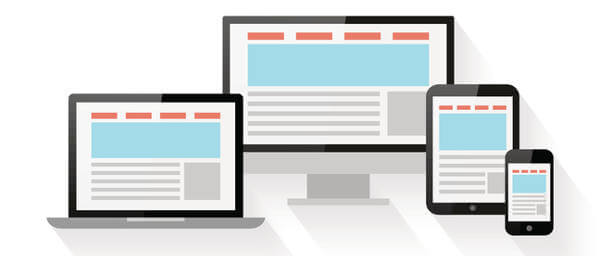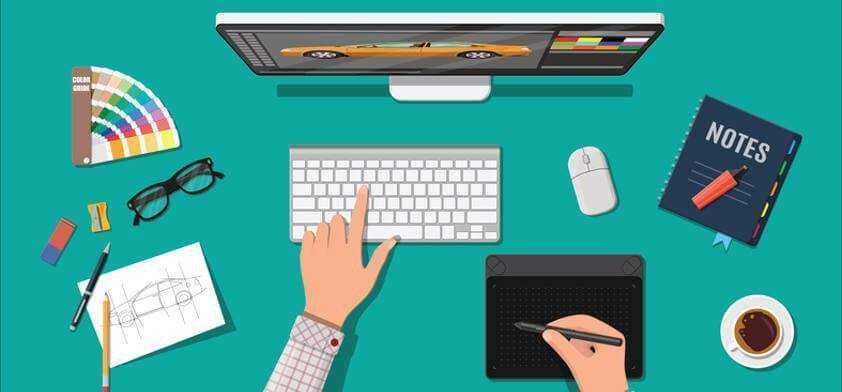As an agency that does both, we’ve seen the graphic design vs. web design issue confuse quite a few people. In this blog, we’d like to clear up a few key differences to make communication clearer.
Graphic Design vs. Web Design
What is Graphic Design?
Graphic design is the process of visually communicating ideas and experiences through the use of typography, photography and illustration. Think about digital advertisements, photo edits and icons on a website. These are all examples.
Graphic designers are typically focused on the artistic and aesthetic aspect of design.
What is Web Design?
Web design is a bit more technical. It encompasses the entire process of building a website, including:
- Conceptualizing
- Planning
- Programming/coding
- Testing
The primary concern of a web designer is to create websites that provide excellent user experiences.
Before we get into the specifics of graphic design vs. web design, note that the two are often used in tandem. For example, part of a great website user experience is pleasing aesthetics. So, web designers often consult with graphic designers to hammer down the visual aspect of a website.

4 Key Differences between the Two
1. Medium
Graphic designers tend to create static images, such as print advertisements and social media graphics. Once they’re created, they aren’t dynamic (unless they’re animated, which is a different story). Graphics must get their point across without relying on motion to do so.
Web designers, on the other hand, work with a dynamic medium. A website’s navigation bar, call-to-action buttons and other elements can be enhanced by interactivity. This improves a user’s experience and makes for a better overall website.
2. Application
Graphic design projects come with concrete specifications. In other words, they’re asked to design something that’s one specific size, for one specific medium. For example, they may need to create a Facebook advertisement, sized 1,200 pixels by 630 pixels. They must work within those confines.
Web designers must design for several different devices, including desktop computers, tablets and smartphones. Their finished product must be able to adapt to any size screen, not remain static.

3. Skills
Web designers either code websites themselves or work alongside web developers, who help code the site. Either way, at least an intermediate understanding of coding languages, such as JavaScript or CSS, is required to design an effective website. Expertise with content management systems like WordPress and HubSpot is also a must.
Graphic designers execute their creative vision without having to consider coding, but they must possess other skills. They must be highly competent in design programs, such as Photoshop and Illustrator.
4. Work Methods
Web designers work almost exclusively on the computer. Whether they’re planning a new website or tweaking the user experience of an existing one, their time is spent in front of a screen.
Graphic designers often sketch ideas with physical tools, such as pen, paper and even paint. This helps them work into a creative flow and gives them direction for a graphic before designing it on the computer.
While there are some clear differences in the graphic design vs. web design battle, the two are not mutually exclusive. At Fat Guy Media, they often work together on various projects. Some graphic designers are even great web designers, and vice versa.


